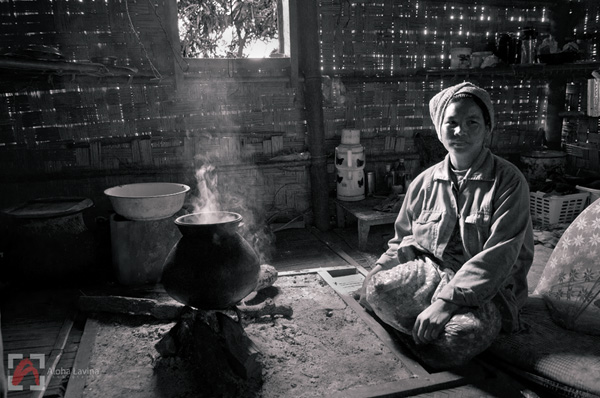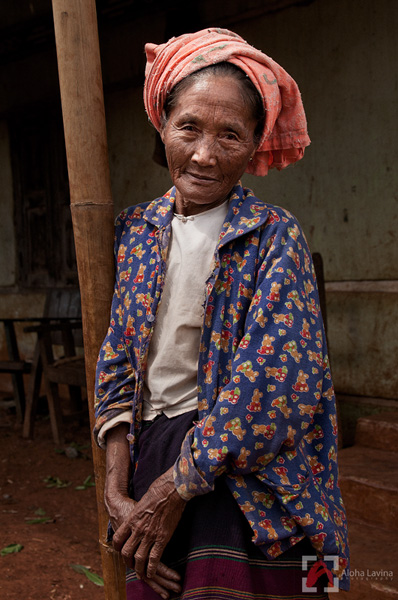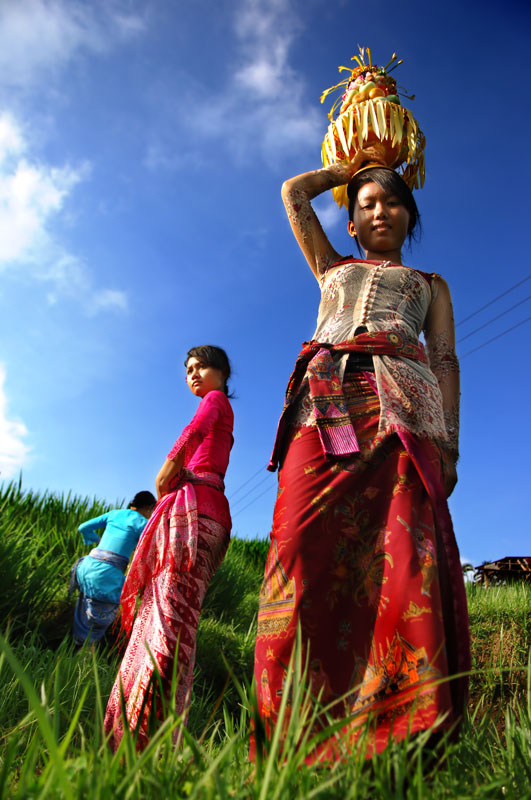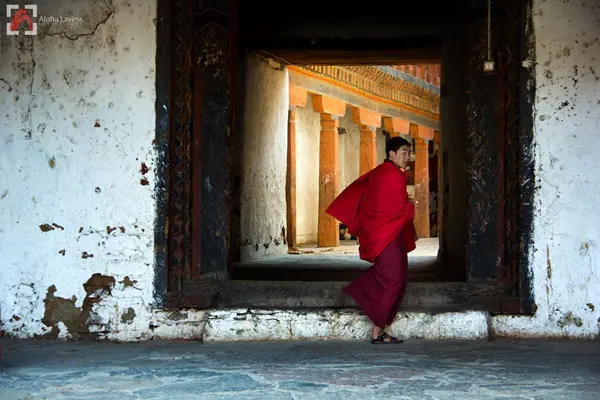There’s a great debate of sorts about posing strangers for a travel portrait.
Purists would scoff at this, perhaps saying that if you directed the subject to pose in a certain way it’s not really travel photography. Some folks believe that travel photography is documentary, capturing people doing what they normally do, without interference from the photographer.
But there are also some advantages to staging a travel portrait. You have opportunities for getting the best possible portraits of strangers. By staging the portraits, you can make scores of good portraits in a short time, clean in compo, with the right expression.
Whether you do, or you don’t pose your travel portraits, here are some tips for getting the best possible shot.
What to do if you do
1. Understand the context of your imagery.
Just finding a good background or environment for your posed portrait isn’t enough for a believable travel portrait. It’s important to know why the subject is there where you found them—what are they doing? In the case of the woman who was boiling rice on a hearth inside her house, I had to capture her where she had invited me to go. I could have asked her to stand at the doorway to her house, or sit by a window that would frame her. But had I done so, it would have not had the context of what she was actually doing when I intruded, albeit invited, into her life. The solution was to ask her to sit, letting her choose where she felt comfortable, and not force her to move.

I asked this woman to sit where she wanted to, and she sat by her hearth. Copyright Aloha Lavina.
2. Find good light.
One of the advantages of staging a portrait in the field is that you can control the lighting situation. This woman was sitting in a dark doorway when I met her. But I noticed how the textures of her face talked about the stories of weather and worries in her life. So I asked her to come forward and stand in the light.

I asked this woman to stand in better light to capture the textures on her beautiful face. Copyright Aloha Lavina.
3. Talk to your subject, even if you don’t know their language.
Sometimes, the tone of your voice and the smile on your face is enough to coax the subject you’re photographing into feeling relaxed. You need to make them relax, especially since you are taking time from their busy lives to do something out of the ordinary, that they don’t do every day. Be genuinely friendly and interested in what they do. The nuances of body language and facial gestures and tone of voice often speaks volumes and encourages your subject to be open to having their portrait made.
4. Use a short lens that's flexible.
Use a lens that is able to go wide for contextual shots, or zoom to include only the face. A 50mm is great, but it also means you don’t have the luxury of including a lot of the background that contextualizes your portrait. My favorite lens for travel portraits is the 17-55mm, as it allows me to keep a polite distance from the subject, gives me a wide perspective if I need it, but also gives me the added zoom if I need to make a tight shot.
Some cultures are really not keen to have photographers come into their daily routine to take their photos. When you’re in a place where people are less likely to appreciate you hovering close and snapping their portraits in personal spaces, here’s what you can do.
What to do if you don’t
1. Understand the context of your imagery.
This is first on the list, again. Because you are an outsider to the local culture, it’s important to do some research beforehand to understand what it is you’re photographing. Especially crucial to know are people’s values. For instance, at a temple festival in Bali, it’s very rude and disrespectful to stand above the temple offerings. So that is probably not a vantage point you should choose.

Knowing that the temple offering is sacred helps me when I'm photographing Bali. Copyright Aloha Lavina.
Understanding the culture you’re photographing is crucial because although your main goal is to get good shots, you also want your imagery to tell the story of the place in the best way possible, and that means not offending the culture through your lens.
2. Find good light and choose vantage point based on that.
Because you don’t have the choice of moving your subject, choose a vantage point that has good light and will allow you to capture whoever comes into that space. You can either move around, or you can find the light and stay where you are to wait for your subject to walk into that light.

I waited in the winter wind for this novice to walk into my shot. Glad I did. Copyright Aloha Lavina.
3. Find a good background.
Also crucial is a good, clean background. Again, because you don’t have the choice of moving your subject, a good background is something you need to find. When you find it, you can stand across from it and wait for the right subject to stand or walk in front of that clean background.
4. Use a telephoto lens.
Using a long lens has a couple of advantages. First is that you can isolate your subject by zooming, so you can frame the shot without extra bits in the composition. Second is to blur the background in case you are at a place where the background is cluttered and therefore undesirable.
There’s a fine line between staging a travel portrait and being completely intrusive into someone’s life. Remember that as travelers, we are guests in someone else’s culture, and that the people around us are not exhibits who only exist for our photographic purposes. By being respectful and friendly, you can get both posed and unposed portraits, and capture a clear picture of the culture you visited.





1 Comment
https://oneview.weebly.com/cambodia-2003.html#